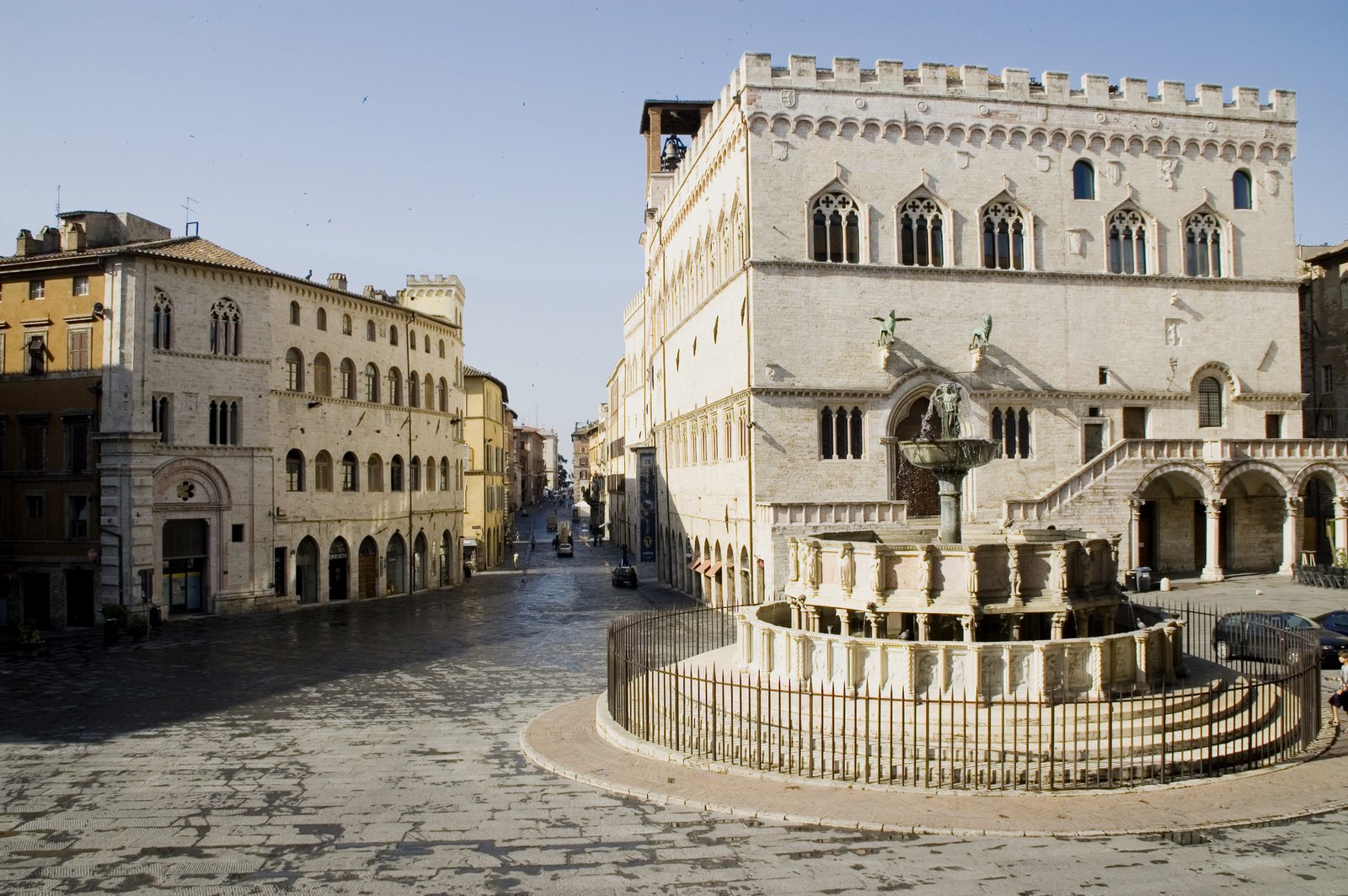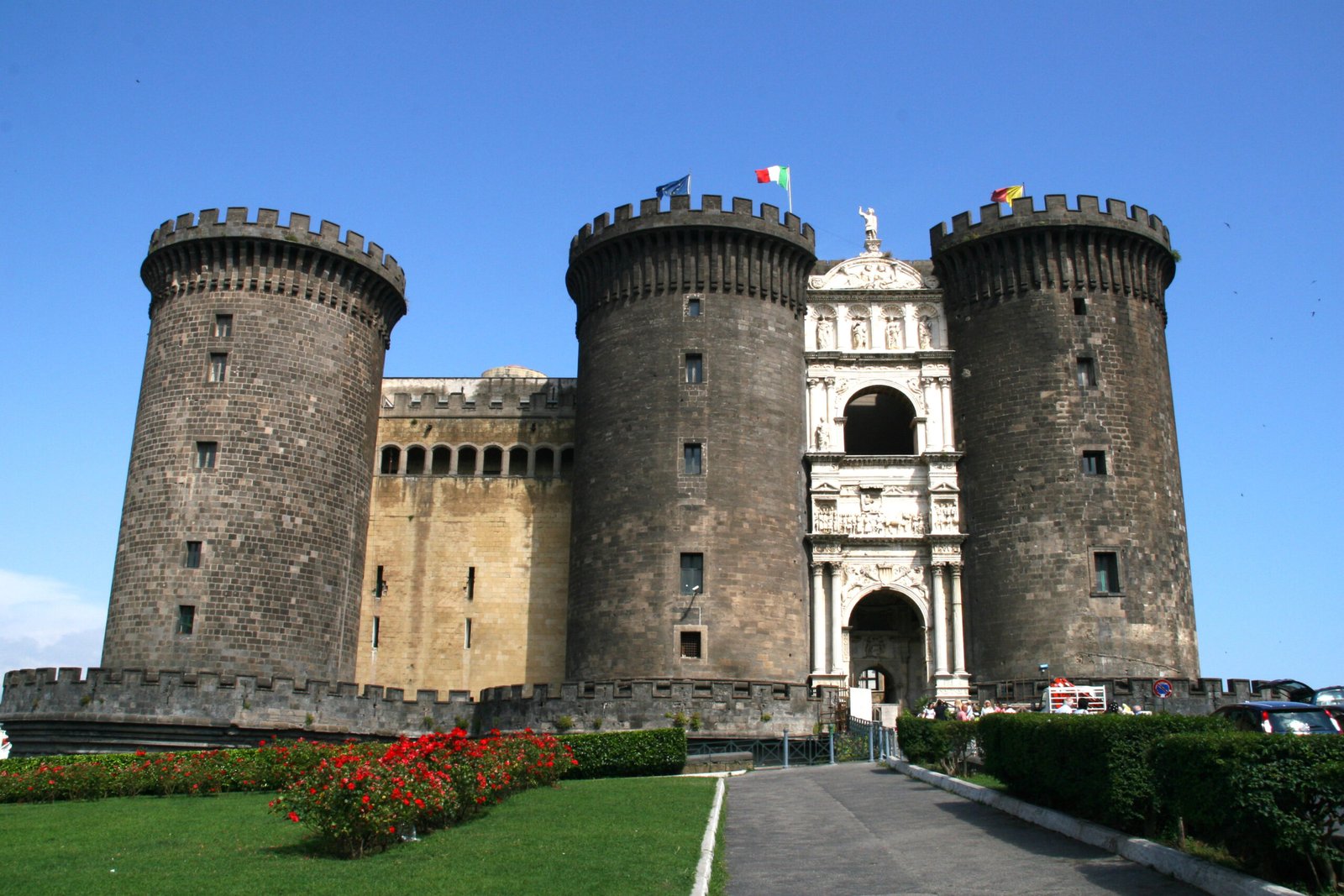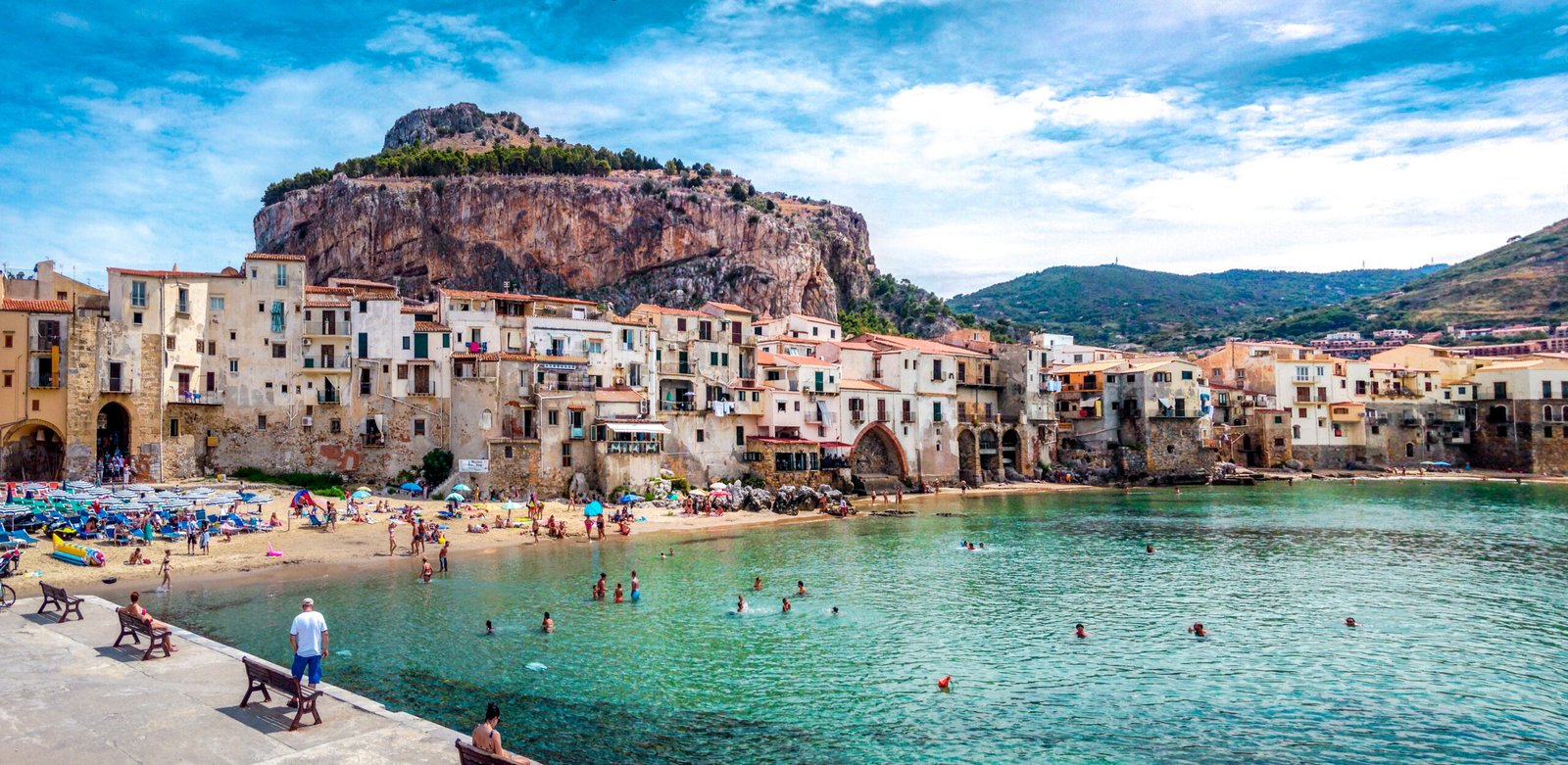Your first bite of Torta al Testo in a sunlit Perugian piazza was amazing. This flatbread, cooked on a heated stone, had a smoky taste. It showed how Umbrian cuisine values simplicity.
Walking through local markets, I smelled the earthy aroma of Tartufo (black truffle) and rosemary. It felt like every flavor was telling a story. Perugia’s food scene is all about contrasts: simple ingredients turned into art, traditional Italian food that respects old ways but also excites new tastes.
What makes Perugia gastronomy stand out is its mix of old and new. The authentic Italian flavors of Torta al Testo, with its crisp edges and soft center, show the region’s beauty. On the other hand, truffle shavings over pasta show Umbria’s love for life’s pleasures.
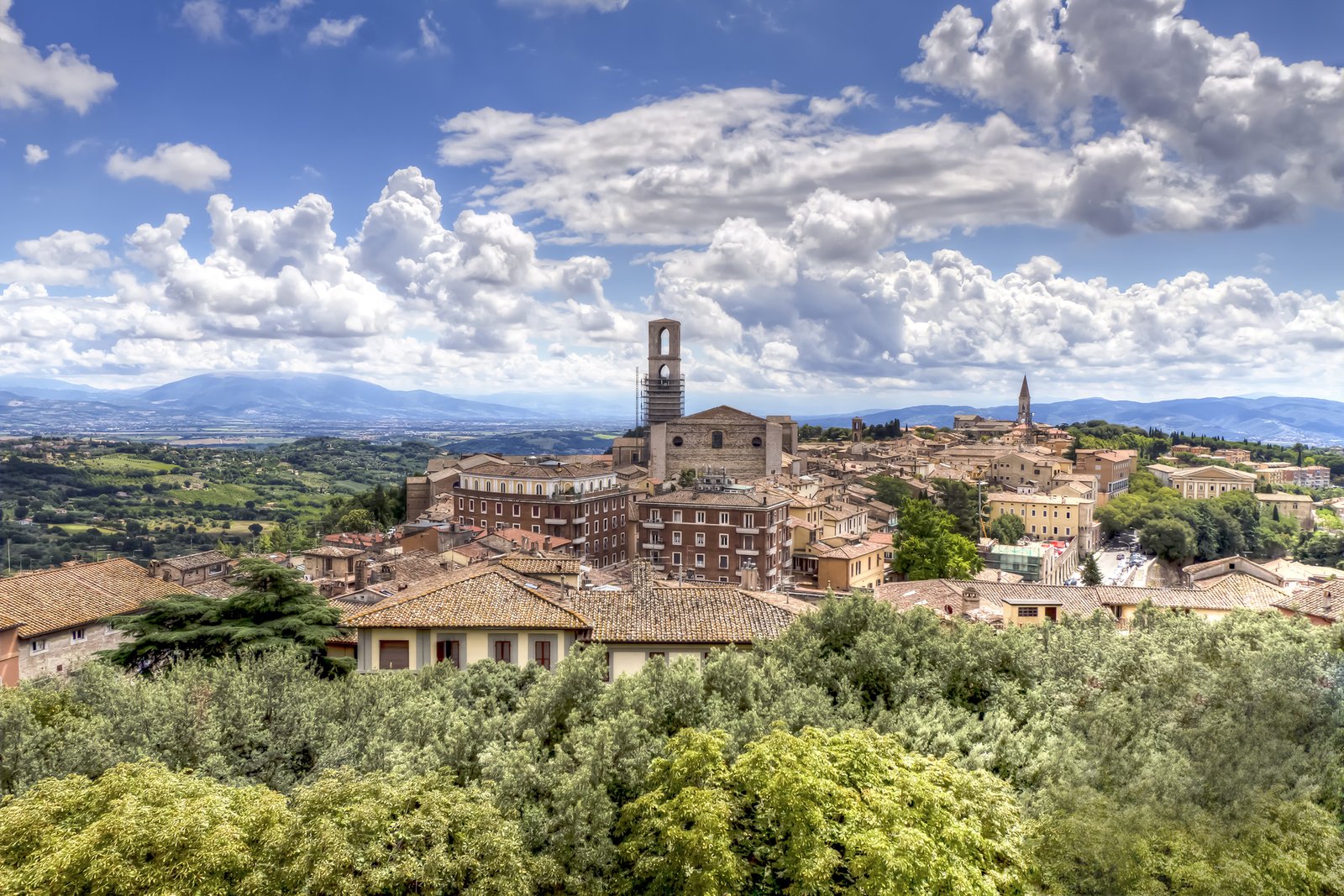
This Culinary Tour of Perugia is more than just eating. It’s a conversation between history and new ideas. Every bite of Umbrian cuisine uncovers layers of culture and skill.
Key Takeaways
- Perugia’s culinary identity blends ancient techniques with contemporary creativity.
- Torta al Testo embodies the rustic soul of traditional Italian food, cooked on ancient stones.
- Black truffles are central to Umbrian cuisine, defining its luxurious yet earthy profile.
- Local ingredients like truffles and stone-baked bread anchor Perugia gastronomy in authenticity.
- Exploring these dishes offers a portal into the heart of Italian cultural heritage.
The Gastronomic Legacy of Umbria’s Capital
Walking Perugia’s cobblestone streets, you’ll felt time collapse. Every aroma carried echoes of ancient Etruscan hearths and medieval spice routes. This city’s food isn’t just eaten—it’s unearthed. The Umbrian food history is a mosaic of civilizations, each layer adding depth to its culinary soul.
Historical Influences on Perugia’s Cuisine
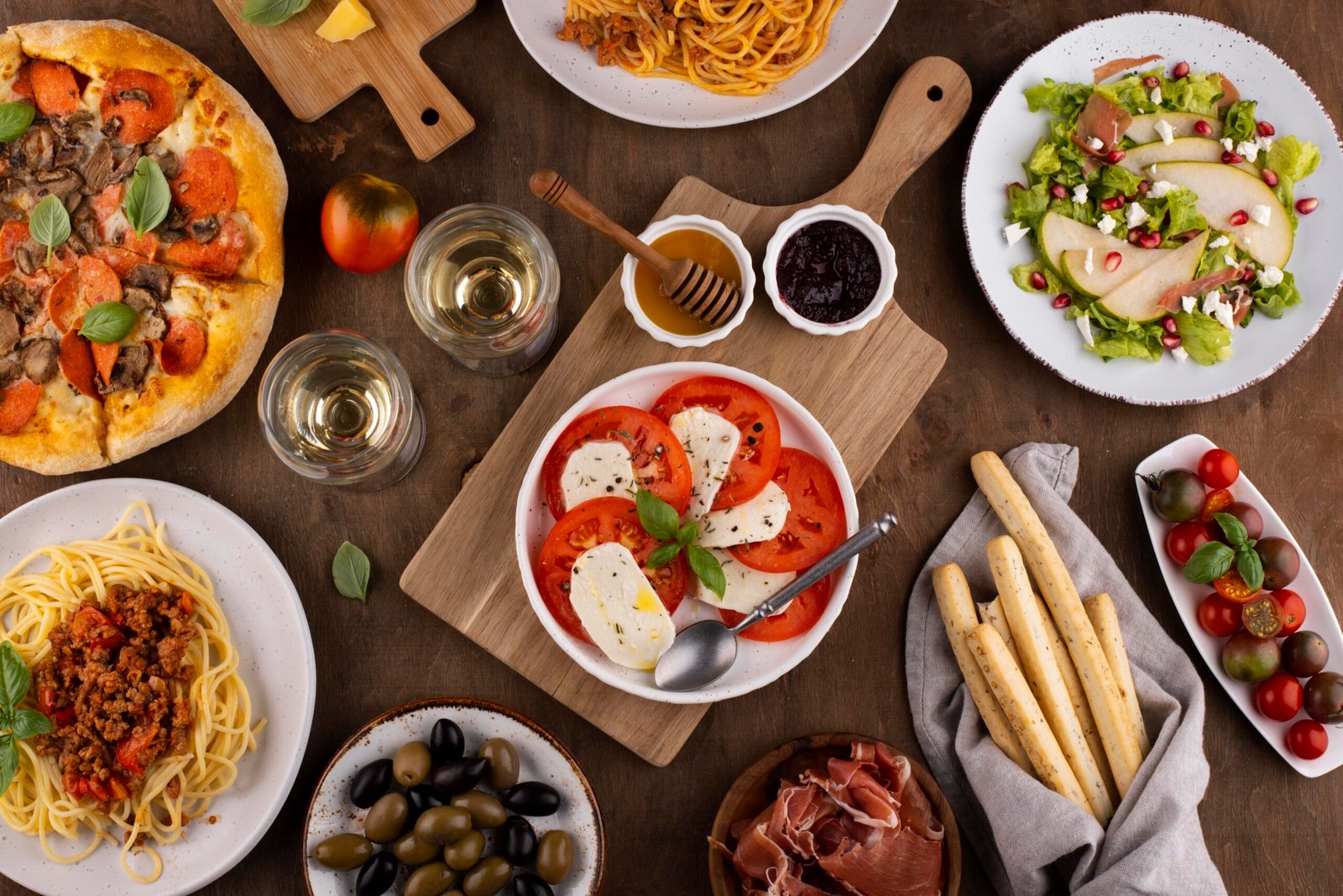
Etruscans left their mark in farro fields and game stews; medieval monks perfected preserved pecorino and chestnut flours. The medieval cuisine influence lingers in dishes like strangozzi pasta, hand-rolled like armor for the senses. Even the Etruscan food traditions of fermenting olives and wild herbs persist in modern antipasti platters.
Why Perugia Remains Italy’s Hidden Culinary Gem
Unlike its Tuscan neighbors, Perugia guards its flavors fiercely. This undiscovered Italian cuisine thrives in family trattorias where truffle-stuffed cinghiale (wild boar) is still cooked in clay pots. Its obscurity is its armor—no mass-produced torta al testo here, only blistered edges kissed by wood-fired stones.
The Slow Food Movement’s Impact on Local Traditions
Perugians partner with slow food movement Italy advocates to resurrect forgotten ingredients. At a hillside farm, a cheesemaker showed me pecorino aged in Etruscan caves: “Tradition isn’t backwardness—it’s a compass,” she said. Such guardians ensure that Umbria’s culinary DNA endures, unaltered by trends.
Torta al Testo: Perugia’s Ancient Flatbread
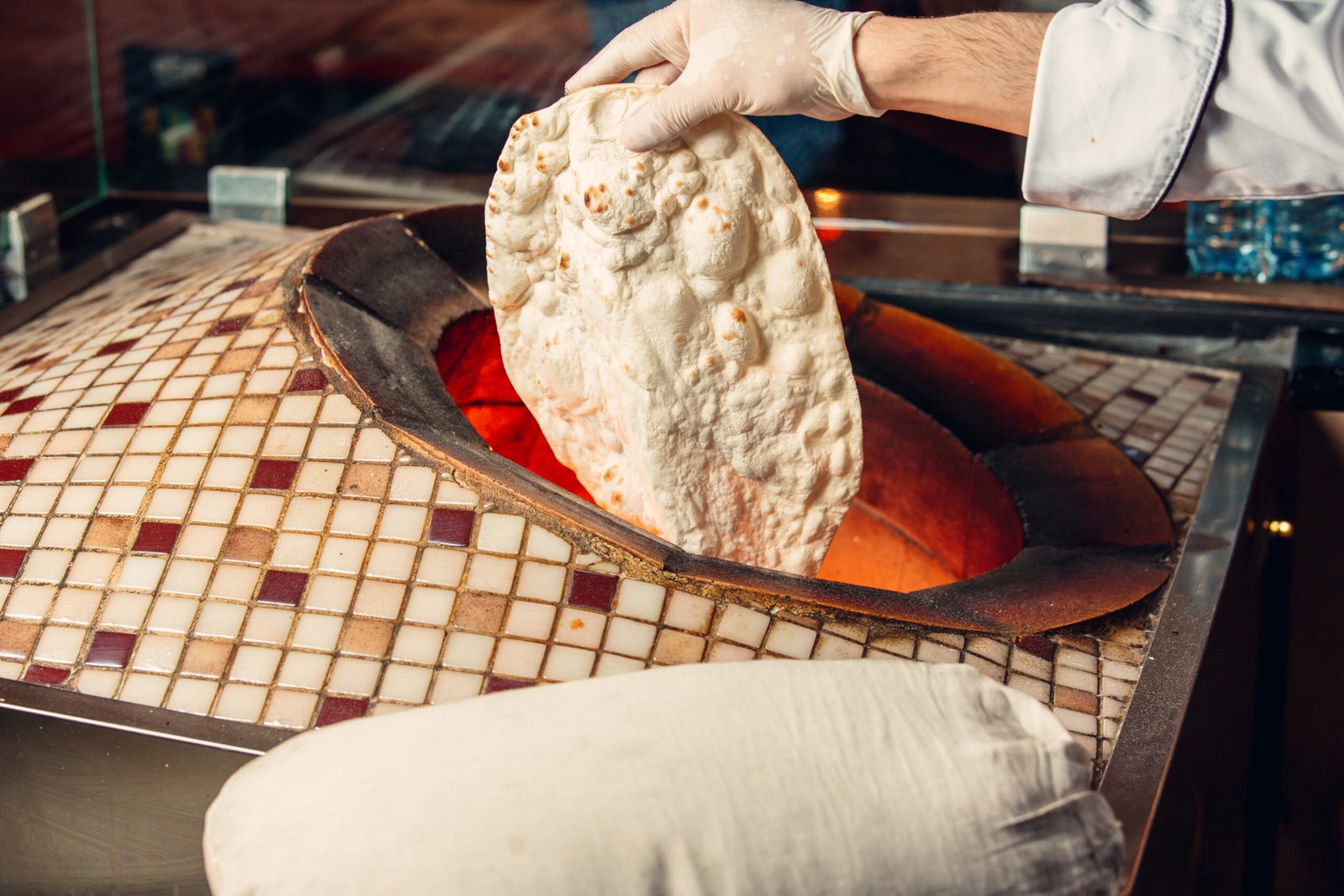
Your first bite of traditional Umbrian flatbread was in a cozy trattoria filled with wood smoke. The unleavened Italian bread had a crunchy outside and soft inside. It was a true taste of rustic Italian cuisine.
The bread was made from simple ingredients: flour, water, salt, and time. It was baked on a special stone called a testo until it was perfectly smoky.
This bread has ancient roots and is a dish of survival turned into art. In local markets, elders still make the dough by hand, following traditions passed down through generations.
The Perugia street food scene now offers it filled with wild chicory or pecorino. But its true essence remains the same. In Piazza_IV Novembre, vendors sell it warm, just like in Etruscan times when grain was cooked on hearths.
Exploring Perugia’s streets, I’ve seen chefs add new twists to the bread. They fill it with truffle shavings or pair it with local Sagrantino wine. Yet, the respect for tradition remains strong. This bread is more than just food; it connects us to Italy’s hidden culinary gems and the past. Its texture tells stories of resilience and tradition, showing that unleavened Italian bread can still make a meal unforgettable.
The Sacred Ritual of Making Authentic Torta al Testo
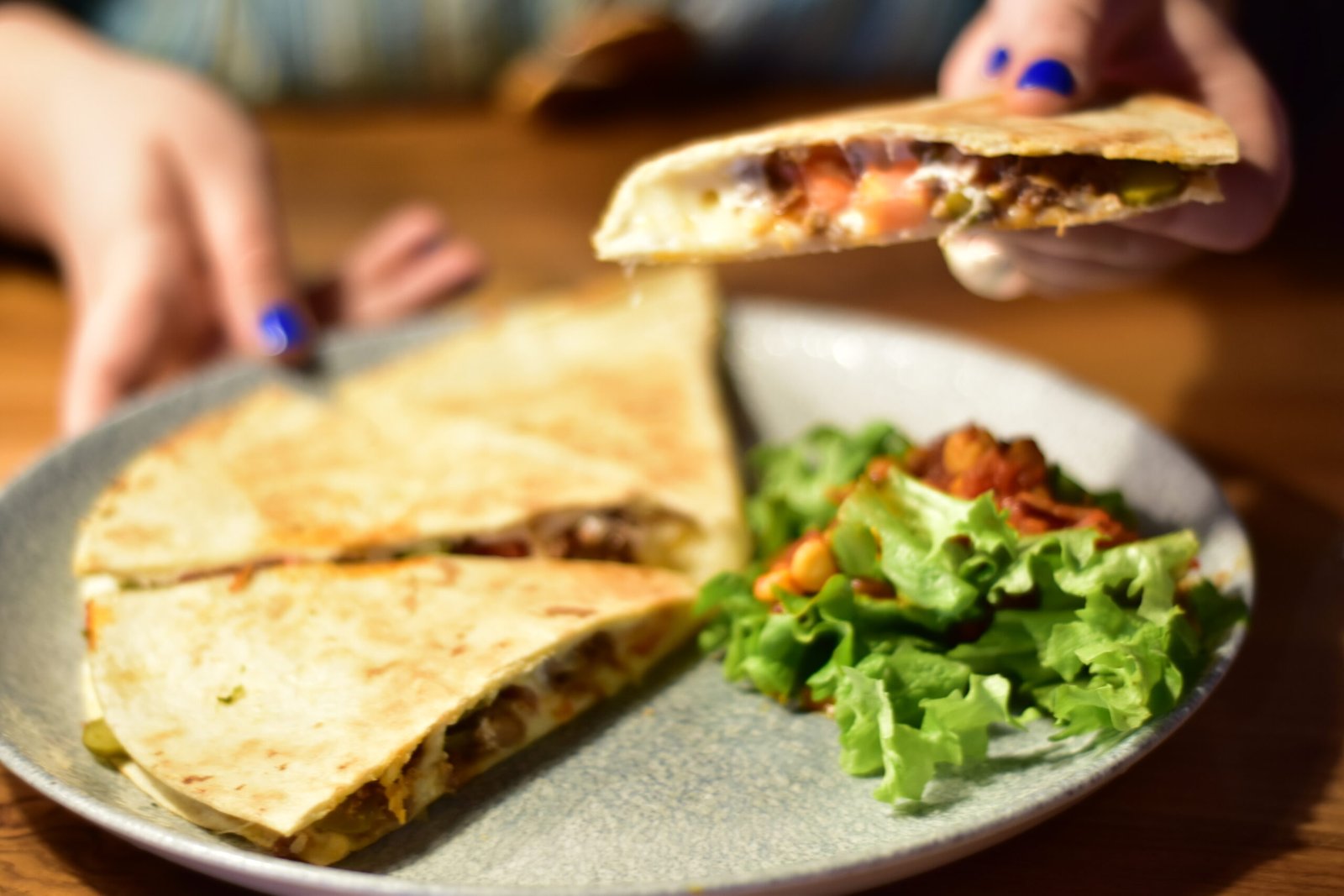
In Umbria, making homemade Italian flatbread is a journey for the senses. My first lesson was from Signora Lucia. She kneaded dough with a rhythm passed down through generations. This is Perugian bread making at its finest—a blend of tradition and purpose.
Traditional Ingredients and Their Significance
Every ingredient has a story. The dough starts with stone-ground flour, sometimes spelt or farro for extra flavor. Local spring water and a bit of salt are sacred. Olive oil, used sparingly, brings all the flavors together.
In the same way, Emilia-Romagna’s culinary traditions value these ingredients deeply. They believe these ratios capture the essence of the dish.
The Testo: A Cooking Tool with Etruscan Roots
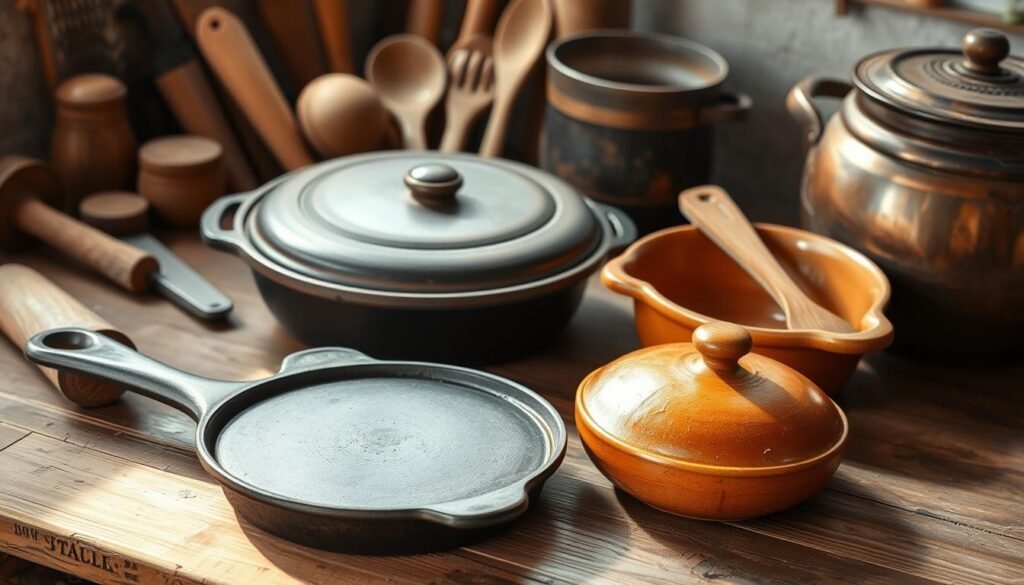
The testo—a terracotta or stone disc—dates back to Etruscan times. Seeing dough cook on its surface, You’ve grasped its beauty. “The testo breathes life into the bread,” a curator at Perugia’s culinary archive told me.
Its heat retention, unchanged for centuries, gives the bread a smoky crust.
“This stone is our ancestor’s kitchen,”
Signora Lucia whispered, dusting flour on her hands.
Modern Adaptations While Honoring Tradition
Today, bakers mix tradition with new ideas. Some use cast-iron testo replicas for even heat. Others try fillings like rosemary and pecorino. But true fans say the traditional cooking techniques must stay the same.
Even with Umbrian cooking tools like electric testo ovens, the essence remains. The sound of dough hitting stone, the smell of Umbrian soil in every bite.
Tartufo: The Black Gold of Umbrian Cuisine
The scent of fresh black truffles is like nothing else. I joined Sergio and his dog Bella at dawn in Perugia’s hills. The cold soil whispered secrets to us.
This ritual was special. Bella sniffed the ground, and Sergio carefully picked up each truffle. In Umbria, these truffles are called black gold. They’re more than just food.
Hunting for Truffles in Perugia’s Countryside
Truffle hunting in Umbria is a special bond between humans and nature. Bella’s barks showed us where to dig. Sergio said it’s not just work, but a connection with the earth.
As we walked, Sergio shared stories of his family’s hunting traditions. You followed paths that many hunters before us had taken.
Seasonal Variations and Their Unique Profiles
- Winter’s Tuber melanosporum: Pungent, garlicky depth, prized in pastas and roasts.
- Summer’s milder Tuber aestivum: Brighter, citrus-tinged notes, perfect for salads.
- Rare summer whites: A fleeting treasure, their musky sweetness reserved for autumn feasts.
Why Umbrian Truffles Command Premium Prices
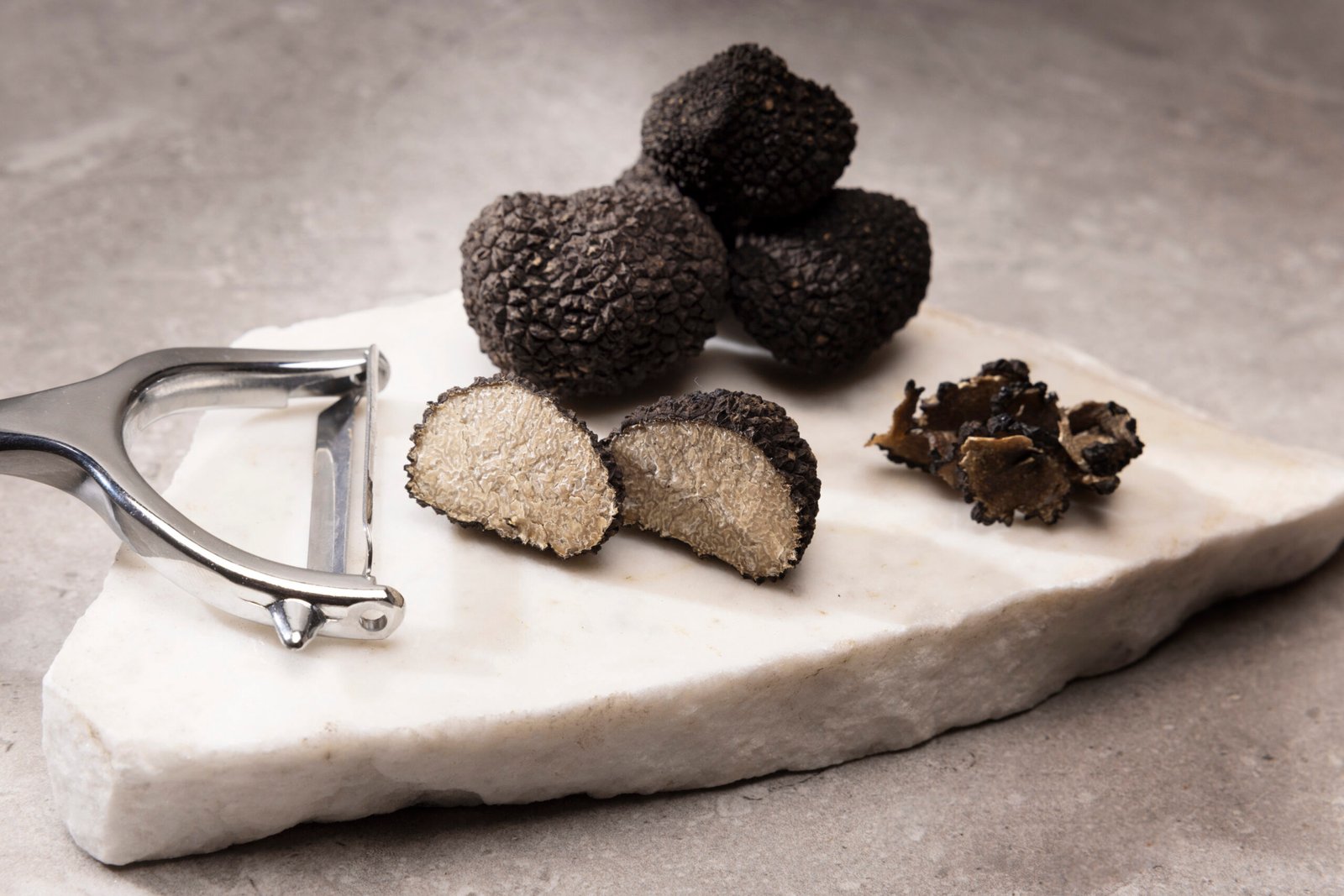
Umbria’s soil and ancient oak trees make truffles special. These truffles grow wild and are harvested by skilled hands. Their rarity and unique smell make them a luxury.
That morning, Bella found more than just truffles. She uncovered a story of tradition and craftsmanship. Each truffle is a piece of Umbria’s heart, worth every penny.
Beyond the Obvious: Lesser-Known Perugian Delicacies
Your journey into Perugia’s culinary soul revealed hidden Italian foods. Locals keep these rare Umbrian specialties secret. The Fagiolina del Trasimeno, tiny beans from Lake Trasimeno since Etruscan times, are a must-try. They have a velvety texture and are best with local olive oil.
You first tried them at a lakeside trattoria. They were served with grilled fish. This shows Umbrian kitchens value simplicity.
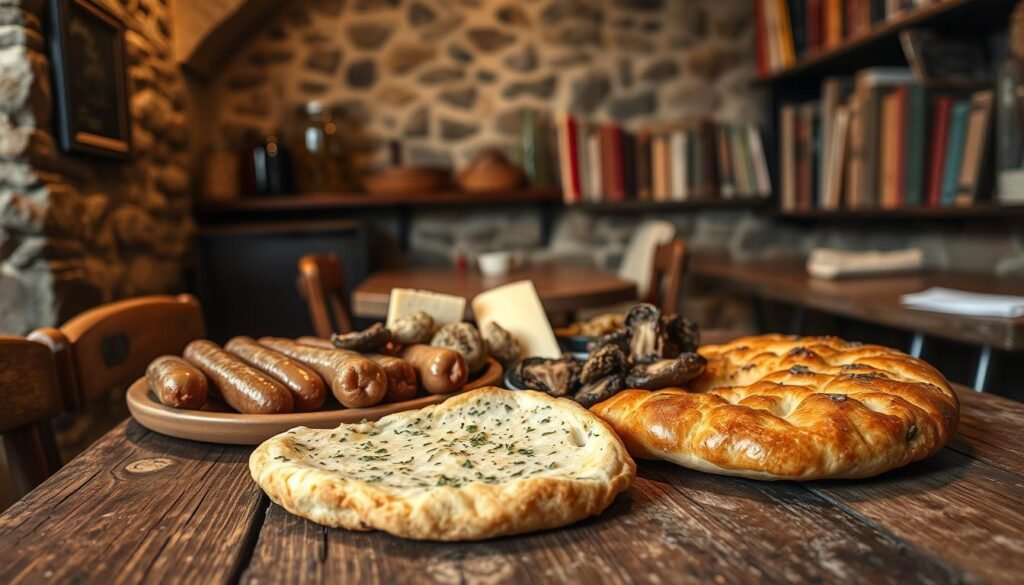
- Mazzafegati: A sweet liver sausage with orange zest and pine nuts, offering a unique flavor.
- Crescia: A flaky flatbread made with lard and flour, perfect for breaking apart.
- Raviggiolo: A fresh cheese wrapped in fern leaves, best enjoyed in the morning.
These Italian delicacies are part of local traditions. The torcolo cake, with vanilla and almonds, is a special treat on San Costanzo Day. It’s a time for community and delicious food.
Unlike Verona, Perugia’s best spots are hidden. Each dish is a story of land and history, waiting to be explored.
| Dish | Signature Element | Seasonal Highlight |
|---|---|---|
| Mazzafegati | Orange peel’s citrus spark | Autumn hunting season |
| Raviggiolo | Fern-leaf packaging | Spring to early summer |
| Crescia | Lard’s buttery depth | Winter hearth-baked batches |
These flavors are more than meals; they’re a way to discover Perugia. True food lovers enjoy these hidden gems. Each bite tells a story of the land itself.
My Culinary Tour of Perugia: Personal Revelations
Perugia’s flavors came alive in unforgettable moments. Your first taste of authentic food experiences Italy was in a cozy trattoria. Nonna Rosa served stringozzi pasta with shaved truffle. It tasted like centuries of tradition.
First Encounters with Authentic Umbrian Flavors
The pasta’s earthy taste stayed with me. I explored food tours Perugia and found stories on every corner. In a bright kitchen, a nonna taught me to roll pasta dough.
She said to make it thin enough to read a newspaper through. This is now part of Umbrian cooking lessons passed down through generations.
Conversations with Local Chefs and Food Artisans
“Pasta is not just dough—it’s a dialogue between hand and memory,” said Italian chef interviews participant Paolo. He shaped orecchiette with his hands.
His words were echoed in the olive groves. There, Francesca explained how Umbria’s soil shapes her family’s oil. It’s a liquid history of terroir and time.
Unexpected Flavor Combinations That Changed My Perspective
A dessert of bitter chocolate, rosemary, and olive oil was once unthinkable. But it melted into harmony. Preserved walnuts in honeyed bay leaves and wild boar ragù with cocoa showed tradition and innovation can mix.
These culinary experiences Umbria changed my view of food.
Perugia’s food is a living archive. Moon phases guide curing, and truffle shavings honor Etruscan roots. Every bite is a conversation between past and present. It invites you to savor the unscripted.
The Perugian Approach to Dining: More Than Just Eating
In Perugia, meals are more than just food. They are moments of community and respect. Your host was surprised when you said , you often ate alone at work. Here, Italian mealtime customs are a daily tradition where time stands still.
Every meal is a chance to share stories and enjoy each bite. The Umbrian food culture believes meals are the heart of life. Three-generation dinners are filled with laughter and endless antipasti.
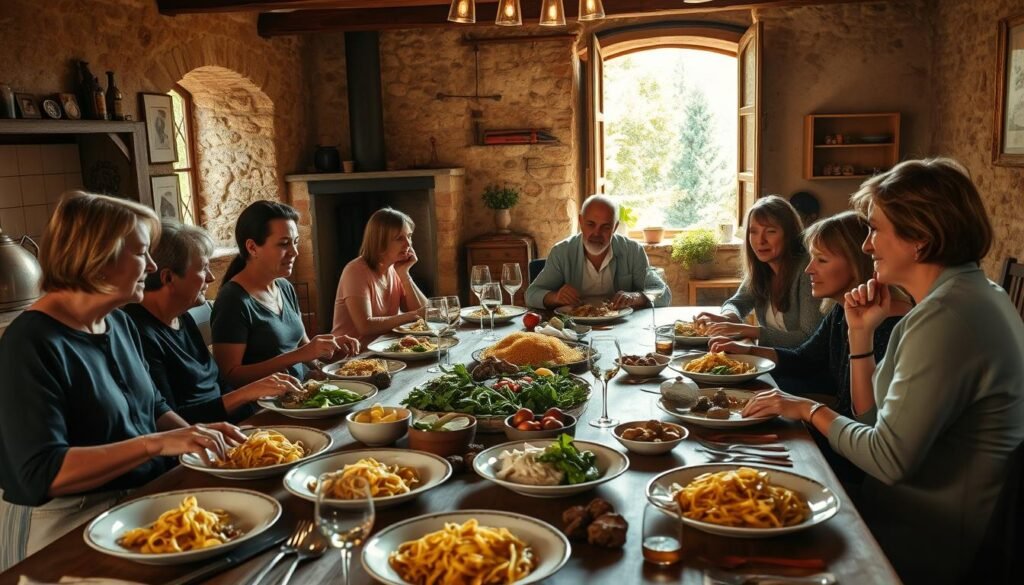
“A tavola non si corre, si respira” (“At the table, you don’t rush—you breathe.”)
Slow food is at the heart of every meal. Meals are like symphonies, with each course carefully crafted. The focus is on the ingredients, like truffles and bread baked in ancient griddles.
Even workers discuss olive oil with the passion of wine experts. This shows that Italian dining traditions are for everyone. Seasonal changes are celebrated, with each dish telling a story of the land.
Dining in Perugia is simple yet deep. The table tells stories of generations. It’s not just food; it’s a way of life. The slow food philosophy is not just a trend; it’s a way of living.
Wine Pairings: What Complements Perugia’s Robust Flavors
Pairing wine with Perugian food is like a dance. It’s a mix of tradition and taste. Exploring vineyards and trattorias showed me how wine can make every bite better.
Sagrantino di Montefalco: The Bold Red That Stands Up to Truffle
In Montefalco, a winemaker from a sixth generation shared Sagrantino di Montefalco with you. Its deep color and flavors of black cherry and leather are perfect with truffle. The wine’s strong tannins match the rich taste of truffle pasta.
This pairing is not by chance. Sagrantino’s aging process adds flavors that match Perugia’s complex tastes.
White Varieties That Enhance Local Dishes
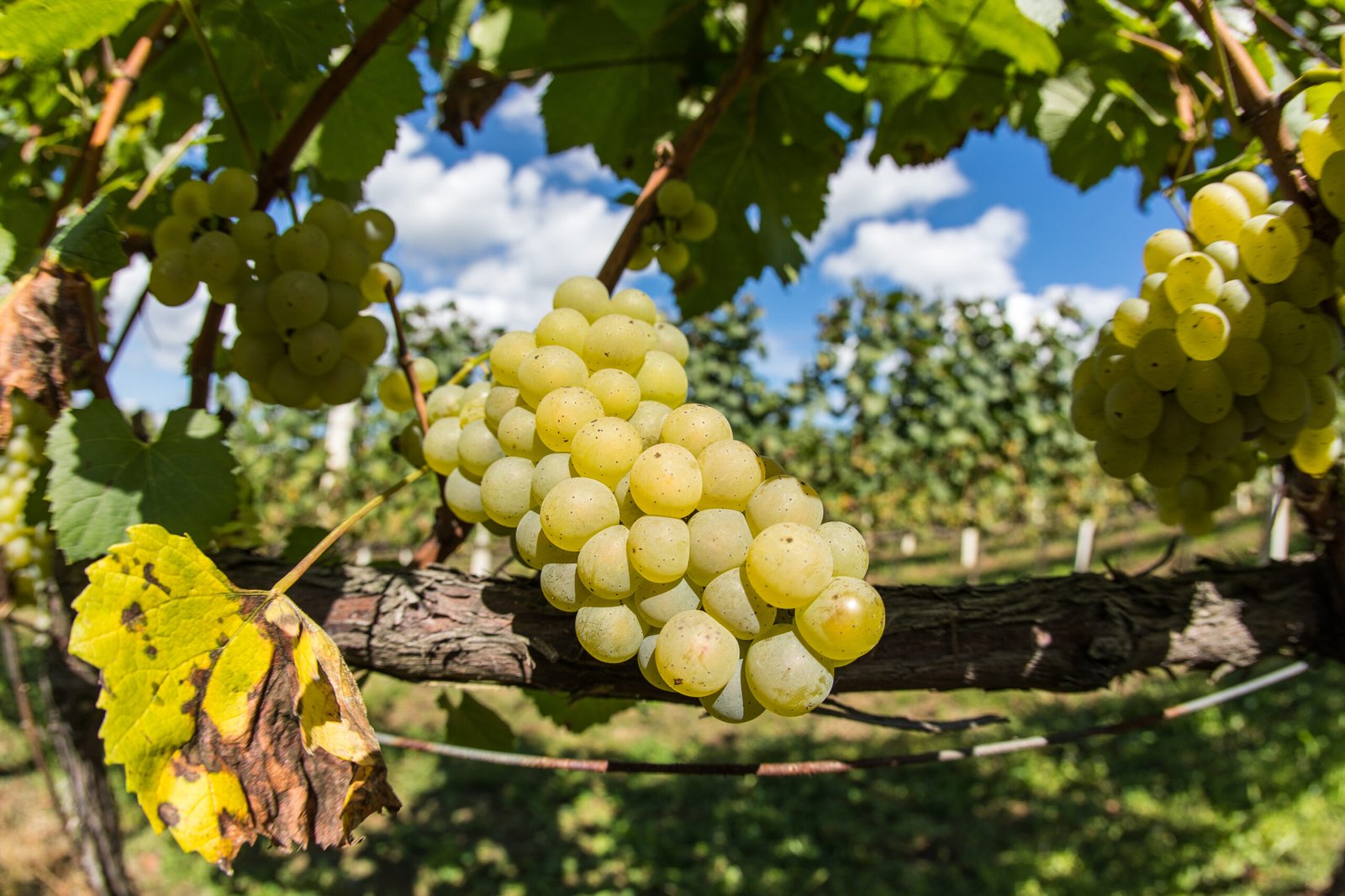
Umbria’s whites are just as impressive as Sagrantino. The Grechetto is crisp and mineral, great with lake fish. Its almond notes add brightness. For pork dishes like Chicken Saltimbocca, Trebbiano Spoletino’s acidity refreshes the palate.
These wines show that the best wines for Italian food are not always famous. They just need to be thoughtful.
Traditional Italian Digestifs: The Meal’s Grand Finale
The meal ends with traditional Italian digestifs. Apertivo bars offer amari, nocino, and centerbe. Each sip tells a story of local terroir.
Your favorite was homemade sambuca with citrus and anise. It’s served in tiny glasses, making the digestif’s ritual even more special.
This journey taught me that Perugia’s wines are more than drinks. They’re companions that make every meal richer.
How American Palates Respond to Perugian Flavors
Hosting Umbrian-inspired dinners in New York showed big differences between Italian food in America and its roots. Americans often prefer sweeter tastes, but the earthy smell of truffle dishes was a hit. On the other hand, bitter wild greens like radicchio verde di Tenda were a mystery until paired with honey. This Italian culinary adaptation helped connect the two cultures.
Cultural Differences in Taste Appreciation
Perugian organ meats like mazzafegati were met with skepticism by those new to offal. But when paired with polenta, a favorite in both places, it won fans. Americans sometimes confuse truffle quality, focusing on quantity over the true Italian food in America experience. A local chef shared,
“Bitterness is a language many here are still learning to speak.”
Finding Authentic Umbrian Ingredients in American Markets
Buying Italian ingredients online has made authentic flavors more accessible. Sites like Mercato Italiano bring Di Fiore Truffles and Umbria Foods’ pecorino cheese right to your door. For those looking to adapt, this table offers substitutions that keep the dish’s essence:
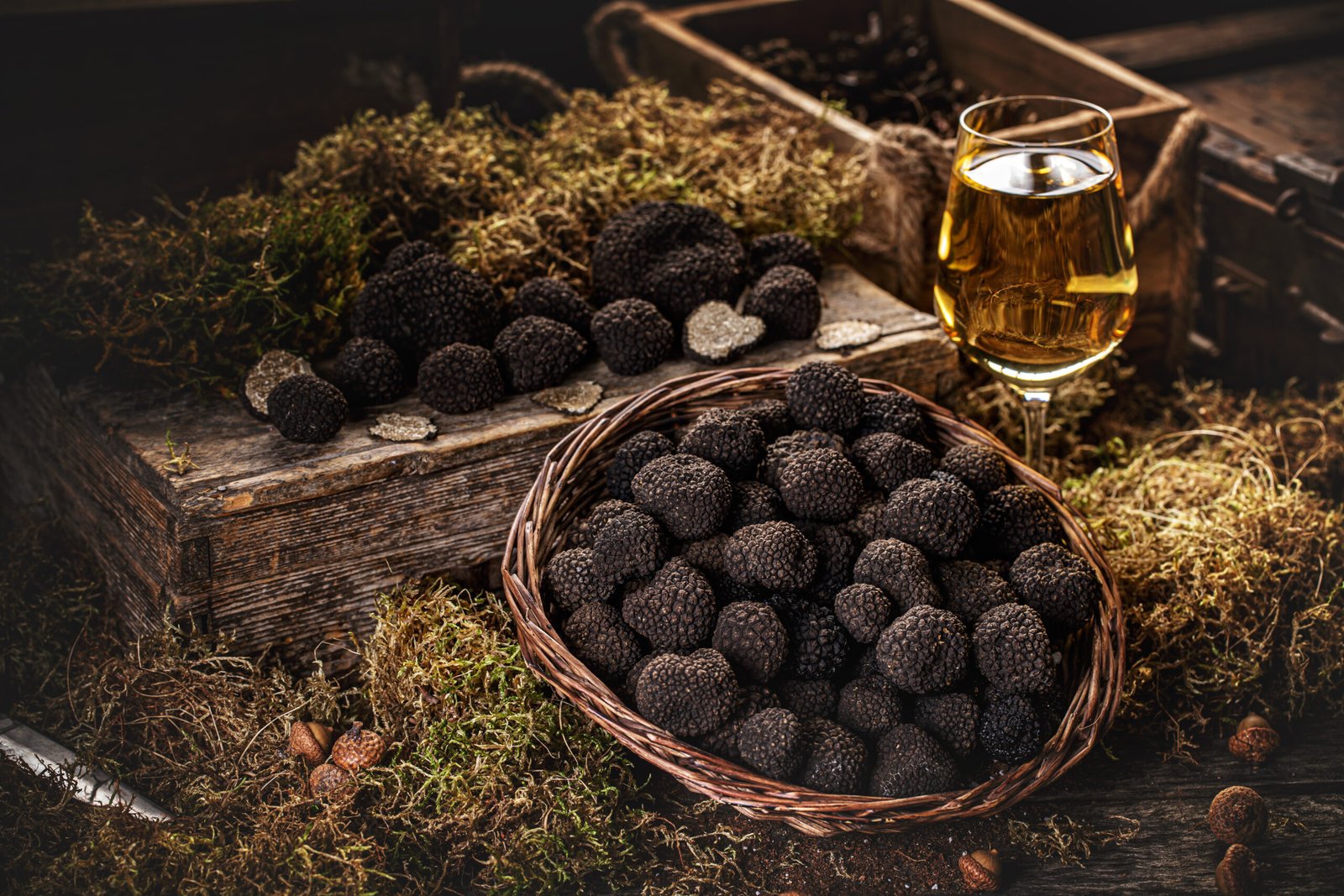
| Authentic Ingredient | Importer Option | Adaptation Tip |
|---|---|---|
| Tartufo | Di Fiore Truffles | Pair with local mushrooms for intensity |
| Farro | Il Fornino | Rinse grains to mellow bitterness |
| Truffle honey | Importing Italian products | Use domestic chestnut honey as a proxy |
Where tradition meets adaptation, experimentation thrives. By embracing Italian culinary adaptations, American kitchens can celebrate Perugia’s essence, even with varied ingredients. It’s not about being perfect—it’s about capturing the region’s spirit through any means.
The Future of Perugian Cuisine: Tradition Meets Innovation
In Perugia’s kitchens, a new wave of chefs is changing the food scene. They keep the old traditions alive while adding their own twist. Alessandra, for example, makes a truffle-infused pappa al Pomodoro. It’s a mix of old and new, showing the best of modern Italian cooking.
Evolving food traditions mean more than just keeping old ways alive. It’s about making sure they survive. A group of local producers shows this balance:
| Tradition | Innovation |
|---|---|
| Hand-harvested truffles | Climate-controlled truffle farms |
| Stone-ground grain | Computer-monitored drying chambers |
| Open-air wood-fired ovens | Smarter fermentation techniques |
“We’re not rejecting the past—just expanding its language.”
The next generation of Italian food is all about finding a middle ground. Marco, a young winemaker, grafts Sicilian olives onto ancient trees. Truffle hunters use AI to find tubers without harming the forest. This mix of old and new is what makes Perugia’s food scene so special.
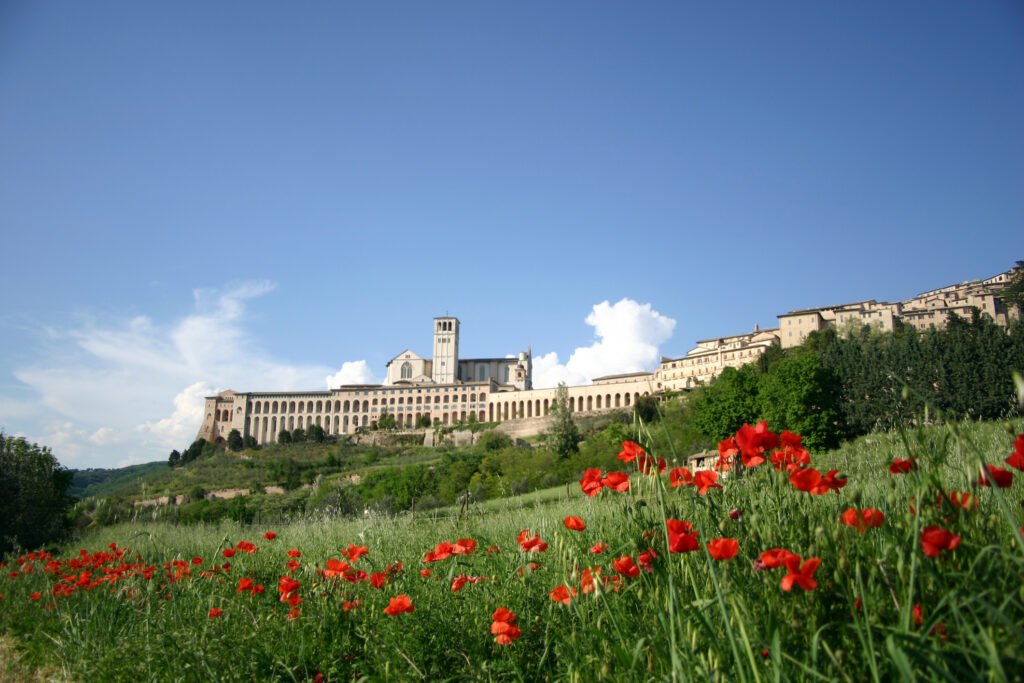
Where to Experience the Best of Perugia’s Food Scene
Exploring Perugia’s food scene, I found its magic in hidden spots. These places are where tradition truly lives. It’s not in fancy restaurants, but in cozy spots where time stands still and flavors grow richer. Here’s how to enjoy the city like a local.
Hidden Trattorias Worth the Search
Perugia’s authentic trattorias Italy are all about spontaneity. At Trattoria La Bottega Nascosta, Maria’s menu changes daily, but her rosemary-infused truffle pasta is always a hit. Places like Trattoria La Stalla on Thursdays serve truffle risotto made from morning foraged ingredients. These spots require patience, with no reservations and menus in Italian. But the warmth of the host and the food make it all worth it.
Food Festivals That Showcase Regional Specialties
Perugia’s calendar is filled with Umbrian food festivals that turn streets into parties. The autumn Truffle Fair fills the air with earthy scents. Spring’s wild asparagus sagra teaches foraging secrets. And don’t miss the Calendario del Contadino olive harvests, where fresh oils drizzle over warm bread.
Cooking Schools for Hands-on Experience
Learn to make pasta or braise wild boar in Italian cooking classes. Hands stained with flour and tradition lead these sessions. At the Contadini Kitchen School, you knead dough with third-generation cooks. Meals shared around farmhouse tables, with their own wines, make these classes unforgettable.
Conclusion: Why Perugia Deserves Its Place on the Global Culinary Map
Perugia’s food scene is a hidden gem, untouched by the crowds. Your travels showed me a city where real flavors shine. The testo’s charred flatbreads and truffle dishes are more than food—they’re a link to the past.
Here, cooks keep old traditions alive. They use ancient methods like the Etruscan testo and forage for truffles by hand. This way, they honor the past while keeping it fresh.
Perugia stands out for its true-to-life flavors. You’ll find bitter pecorino, wild fennel, and bold Sagrantino wines. It’s a place where food is shaped by nature, not just trends.
For those looking for more than just pizza and pasta, Perugia has hidden gems. Its trattorias and truffle festivals offer real Italian experiences. They show what Italian food can truly be.
Visiting Perugia is more than just eating. It’s a chance to learn about preserving identity through food. Sites like culinary travel Italy let adventurers connect with its values of sustainability and community.
As you left, you took away more than just recipes. You’ve understood Perugia’s true value. It’s a place that guards tradition while sharing its secrets with those who seek them.
